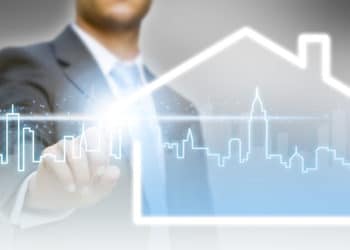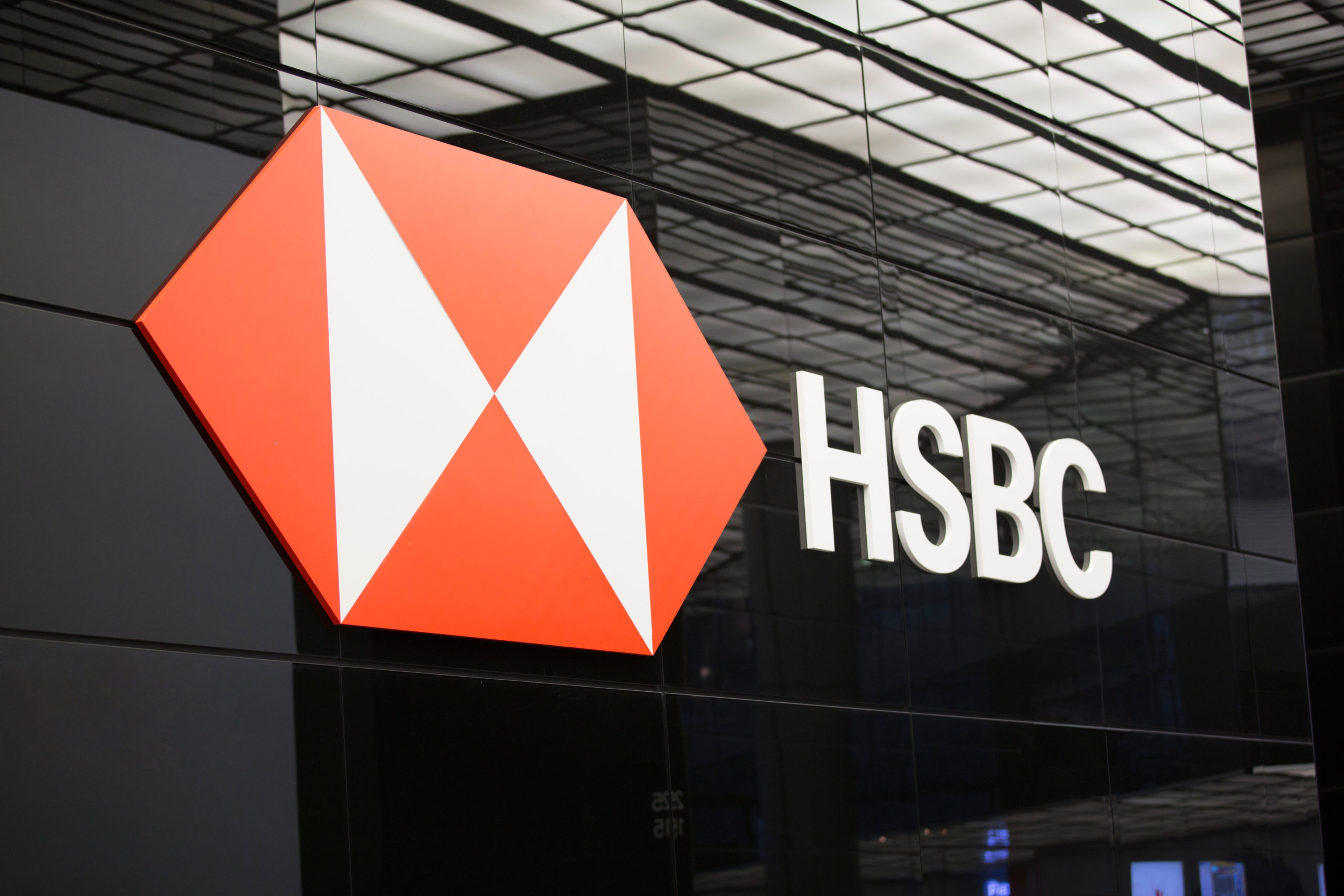Banking on a virtual and augmented future
This week I attended a talk by Robert Scoble and Shel Israel, the authors of The Fourth Transformation. Their latest book charts the rise of virtual and augmented reality (VR & AR), haptic technology, and the devices that will transform our experience of the world we know, not to mention those worlds we are yet to discover…
Of course, it’s hard not to put your banking and fintech hat on (or should we say techfin now, thanks to Jack Ma) and consider what viable applications of the technology would be in this space. Especially use cases that move beyond pure gimmick and add real value to everyday people like you and me.
Investment banks are dipping their toes into VR and AR as we speak. Fidelity Labs have developed StockCity, possibly the first investment app for Oculus Rift. The app allows investors to visualise their investment portfolio as a collection of buildings. Red or green roofs indicate if stocks are down or up for the day’s trade. This video is a handy demo.
In other news, The Wall Street Journal has released a VR app on Google Daydream that allows users to visualise live market trends. While First Gulf Bank in the UAE has launched what it is claiming to be the first virtual bank branch in the world.
But where could we really go with VR and AR applications if you were trying to help consumers and business owners make better financial decisions?
Make wealth tangible for savers
One of the things that makes saving difficult is how intangible a number on a statement is. Wouldn’t it be great if you could walk into your own personal money vault and see your investments in the coin or paper denomination of your choice? With haptic technology, you could even touch and feel them!
Help people visualise the effects of wealth (or lack thereof)
While some of us have vivid and rich imaginations, for many it’s hard to understand what a future state looks and feels like. This can leave people trapped in the hamster wheel of today’s financial behaviour. Immersive experiences that help an individual experience what life would be like in various future financial positions could help someone to take action now rather than later. In the spirit of Christmas, I’m naming this the ‘Scrooge Effect’.
Getting more personal
Chatbots are great, but what about a personal banker who can visit you in your living room? Someone who remembers the last conversation you had and is on hand for a chat whenever you need it?
Benchmarking your financial health
Today it’s hard to know how you stand compared to your peers when it comes to wealth. Tangible assets like owning a house tend to be the easiest but possibly most misleading physical sign of wealth. Visualising how you stack up against your peers could help you either feel more comfortable about your progress, or could give you the insights you need to see how you are falling behind.
Banking is prime ground for VR and AR. Why? Because it’s complex, intangible, messy and difficult to navigate. So the more tools we have like these, the sooner we’ll be able to help everyday people make sense of it all. So my question is this – will the bank of the future lure new customers away from the incumbents with Oculus Rift headsets? Very possibly, and it may not be a bad acquisition strategy at all. Follow the conversation here on the Fintech Genome.
Daily Fintech Advisers provides strategic consulting to organizations with business and investment interests in Fintech. Jessica Ellerm is a thought leader specializing in Small Business.











